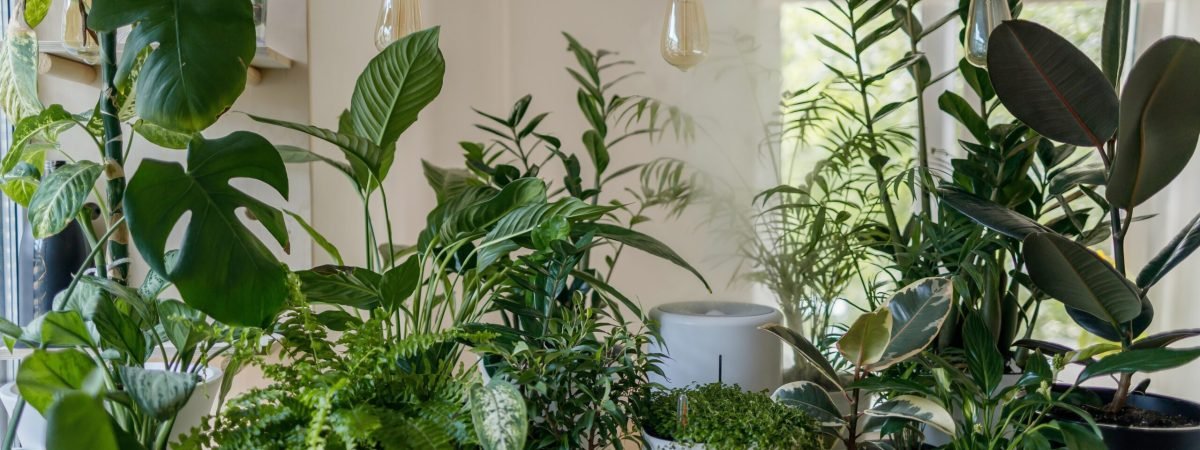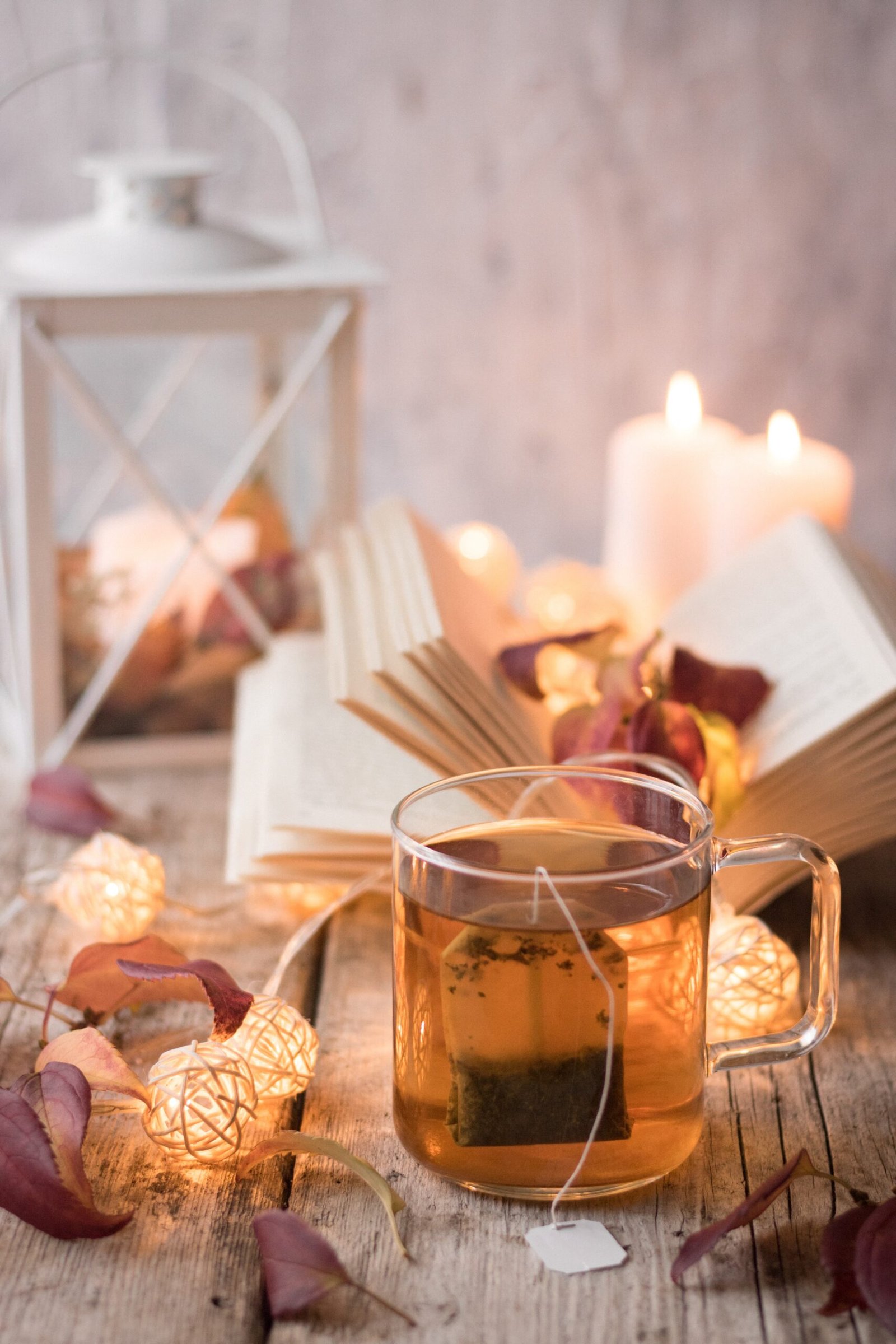Indoor gardening is a wonderful way to bring nature into your home, even if you don’t have a backyard or a green thumb. Whether you live in a small apartment or a spacious house, you can create a thriving indoor garden that will not only add beauty to your space but also provide numerous health benefits.
Getting started with indoor gardening may seem daunting, but it’s actually quite simple. Here are a few tips to help you get started:
1. Choose the Right Plants
When it comes to indoor gardening, not all plants are created equal. Some plants thrive in low light conditions, while others require bright sunlight. Before you start, do some research to find out which plants are best suited for the lighting conditions in your home.
Some popular indoor plants that are known for their low light tolerance include snake plants, pothos, and peace lilies. If you have a sunny spot in your home, consider plants like succulents, herbs, or flowering plants.
2. Provide Adequate Light
Light is essential for the growth of plants. If you don’t have access to natural sunlight, you can use artificial lights to provide the necessary light for your indoor garden. LED grow lights are a popular choice among indoor gardeners as they are energy-efficient and provide the right spectrum of light for plants.
Place the lights at an appropriate distance from the plants, ensuring they receive the right amount of light. Keep in mind that different plants have different light requirements, so adjust the lighting accordingly.
3. Watering and Humidity
Proper watering is crucial for the health of your indoor plants. Overwatering can lead to root rot, while underwatering can cause the plants to wither. The key is to find the right balance.
Before watering, check the moisture level of the soil by sticking your finger about an inch deep. If it feels dry, it’s time to water the plants. Be sure to use a well-draining potting mix to prevent waterlogged roots.
In addition to watering, some plants thrive in humid conditions. You can increase humidity by placing a tray of water near the plants or using a humidifier.
4. Fertilizing and Pruning
Indoor plants need nutrients to grow and thrive. Use a balanced, water-soluble fertilizer to provide the necessary nutrients to your plants. Follow the instructions on the fertilizer package for the correct dosage and frequency.
Regular pruning is also important to promote healthy growth and prevent your plants from becoming leggy. Trim off any dead or yellow leaves and prune the plants to maintain their shape and size.
5. Monitor for Pests and Diseases
Just like outdoor plants, indoor plants can also be susceptible to pests and diseases. Keep an eye out for common pests like aphids, spider mites, and mealybugs. If you notice any signs of infestation, take immediate action to prevent the pests from spreading.
It’s also important to inspect your plants regularly for any signs of diseases such as powdery mildew or root rot. If you notice any unusual symptoms, consult a plant expert or a local nursery for guidance.
Indoor gardening can be a rewarding and therapeutic hobby. With the right plants, proper care, and a little bit of patience, you can create a beautiful indoor garden that will brighten up your living space and improve your well-being.















